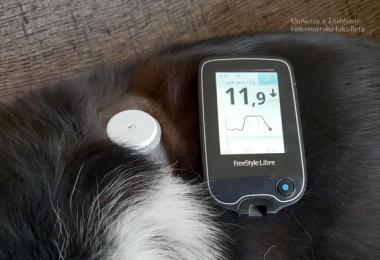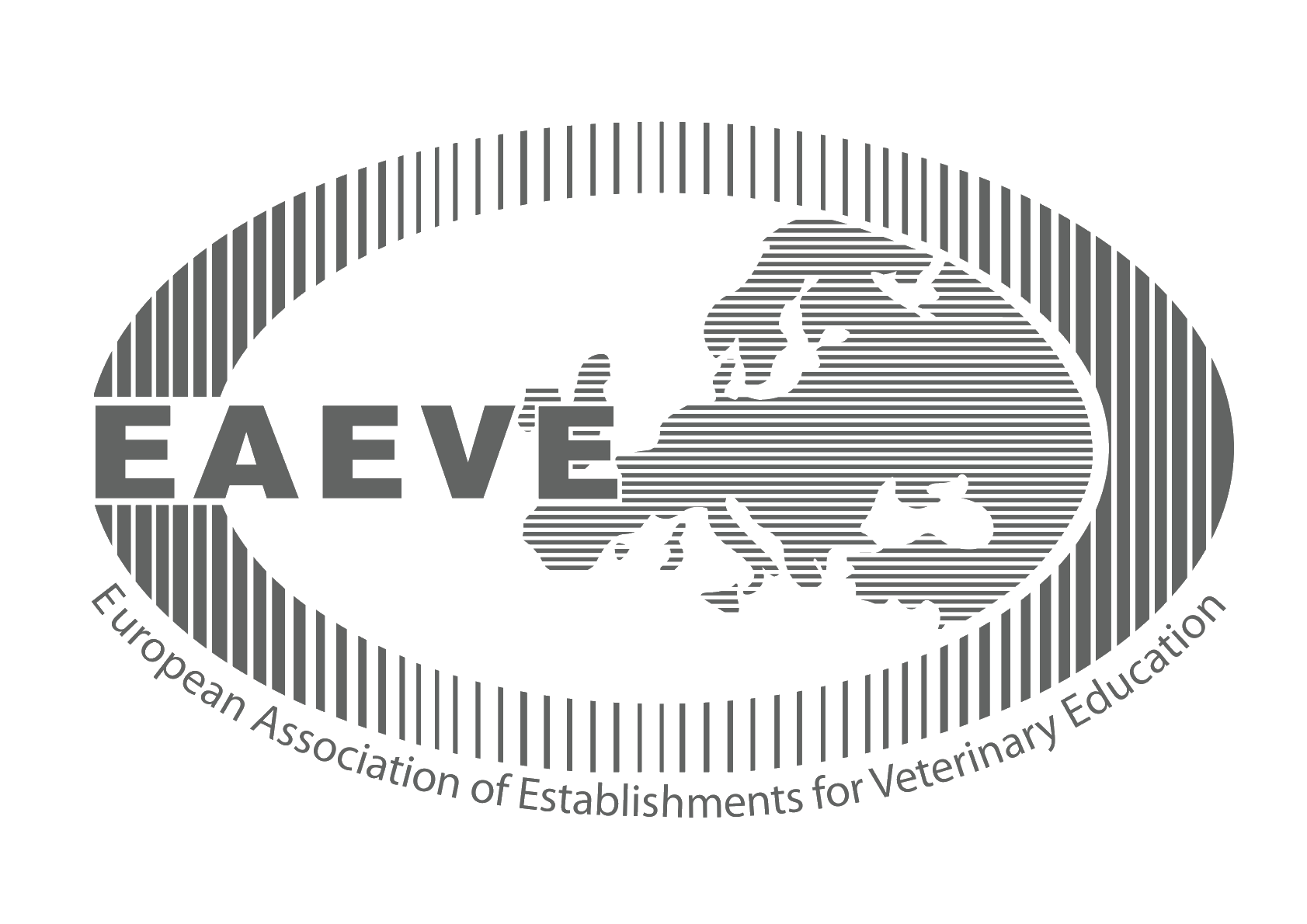Subscribe to our service announcements and helpful tips.
Who cooperates with the type 2 dopamine receptor and what are the consequences? How is D2-R affected by some of its own sequences?

How do the preserved motifs in the type 2 dopamine receptor (D2-R) and interacting proteins affect localization and trafficking in the cell of both receptor isofoms?
This article examines the role of different types of the evolutionarily conserved retention motifs and dopamine receptor interacting proteins (DRIPs) on the type 2 dopamine receptor D2 (D2-R) and its routing regulation. D2-R is a member of protein-coupled receptors (GPCRs), the largest family of membrane-bound receptors. Two isoforms, short (D2S-R) and long (D2L-R) and differ in their intracellular localization and trafficking functionality as D2L-R is retained inside cell, mostly in the endoplasmic reticulum (ER) and therefore not accessible to drugs as desirable drug target. These motifs might be involved in D2-R exit from the ER and have an impact on cell-surface and intracellular localization and, therefore, also play a role in the function of dopamine receptor signaling, ligand binding and possible dimerization.

Our recent bioinformatic data on potential new interaction partners for the ICL3 of D2-Rs are also presented. Described motifs and DRIPs are highly relevant, and have clinical impacts on the pathophysiology of several diseases such as Parkinson’s disease, schizophrenia, Tourette’s syndrome, Huntington’s disease, manic depression, and others, as they are connected to a variety of essential motifs and differences in communication with interaction partners.
Full article is available at the following link.
Authors: Kaja Blagotinšek Cokan, Maša Mavri, Catrin Sian Rutland, Sanja Glišić, Milan Senćanski, Milka Vrecl, Valentina Kubale
Location
Gerbičeva 60
SI-1000 Ljubljana
Slovenija
Sample Reception
Samples are received at several locations throughout Slovenia. See where.
The veterinarian on duty
Emergency veterinary assistance for dogs and cats and a telephone number of constant readiness.
Library
A wide selection of domestic and foreign professional literature in the field of veterinary medicine and other sciences.
Main navigation
-
Education
- Informativni dan
- Why to become a veterinarian?
- Undergraduate Studies
- Postgraduate studies
- Pripravništvo
- Summer Schools
- Continuous education
- Professional Development
- International Activity
- Mednarodna dejavnost - Tuji študentje
- The Path to Creative Knowledge
- Tutoring
- Extracurricular Activities
- Career Centres
- Alumni
- Student organizations and societies
- Quality Assurance
- Clinics
- Diagnostics
- Dobrobit
- NVI
- Research
- About us
- Hub








